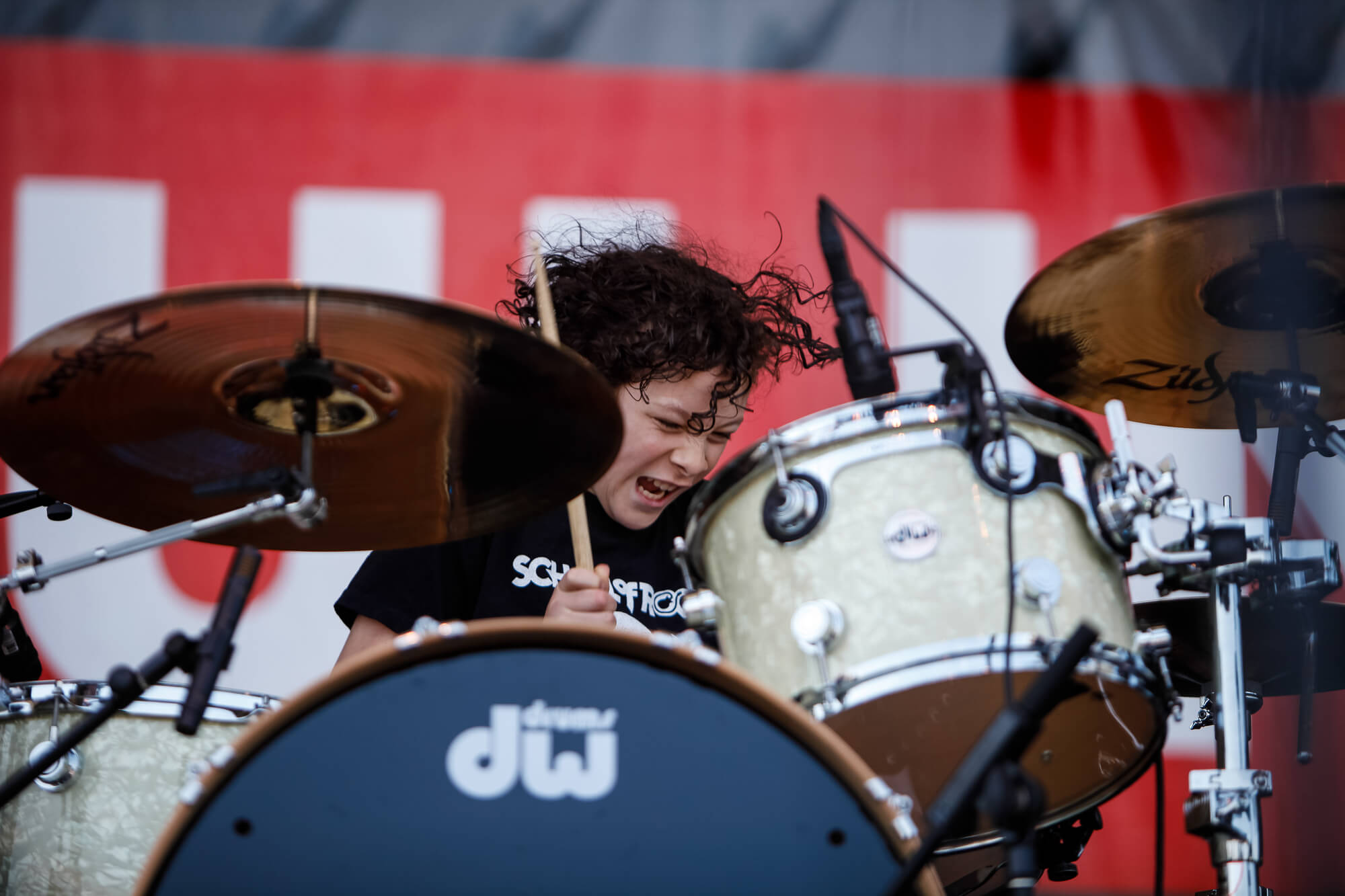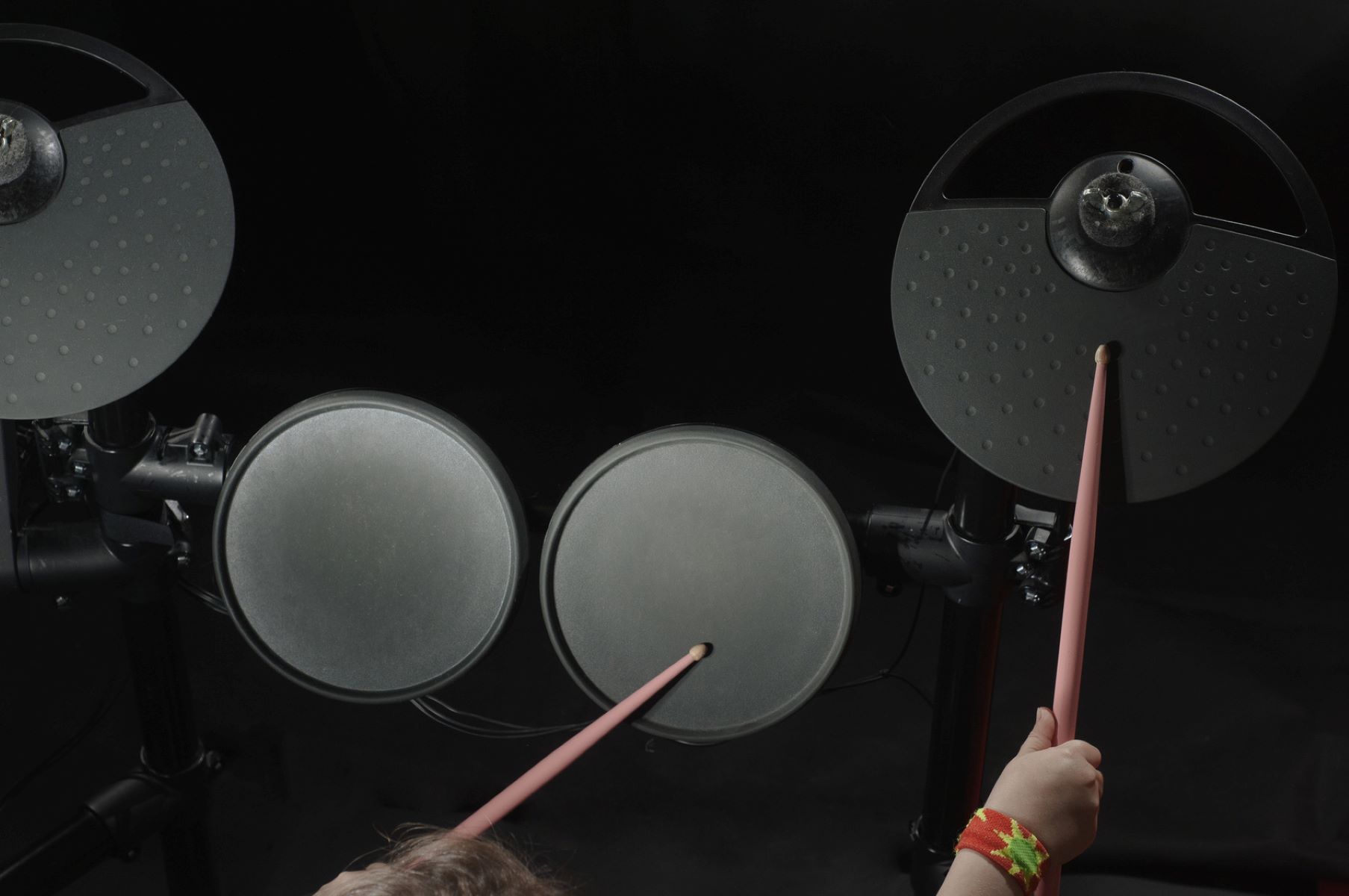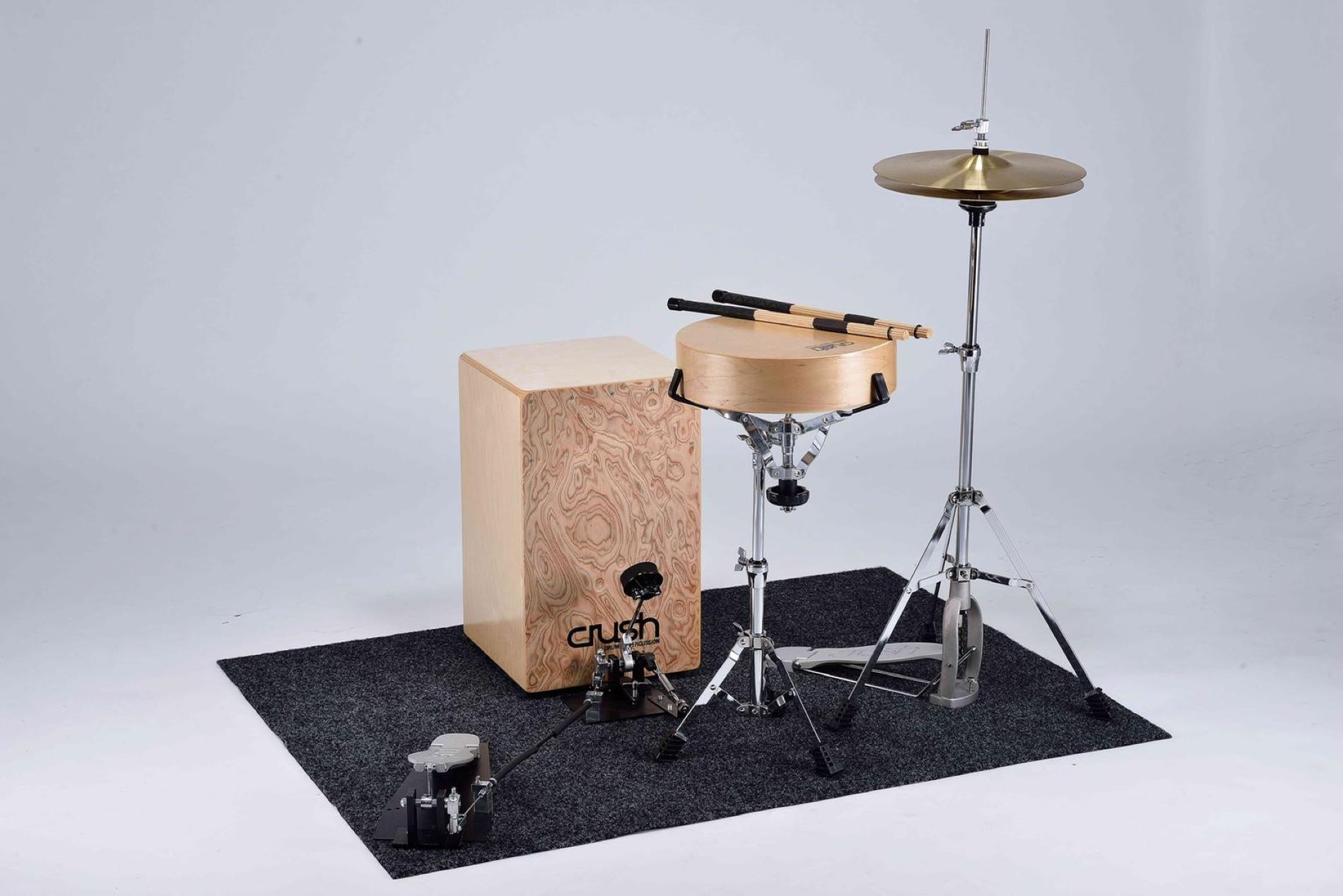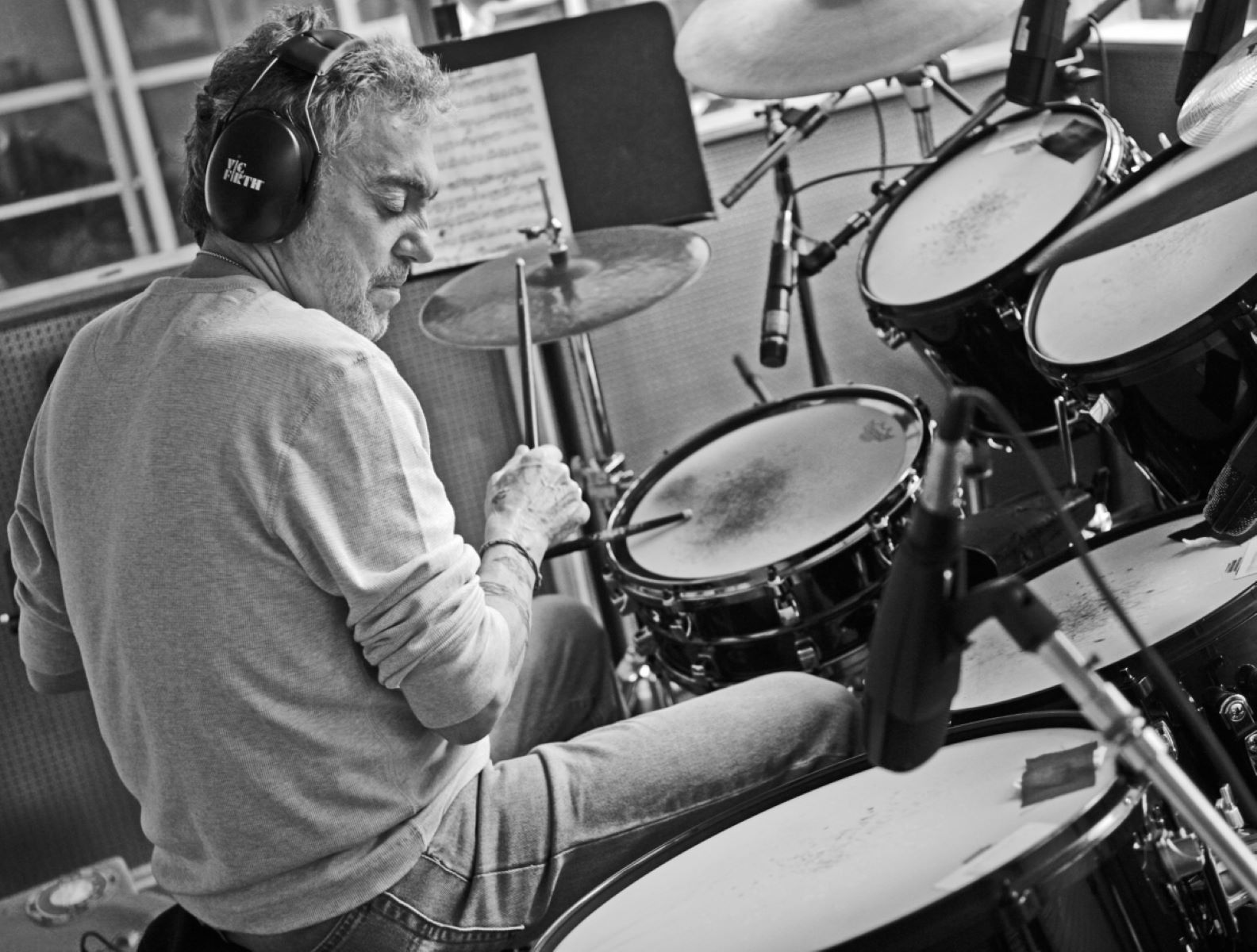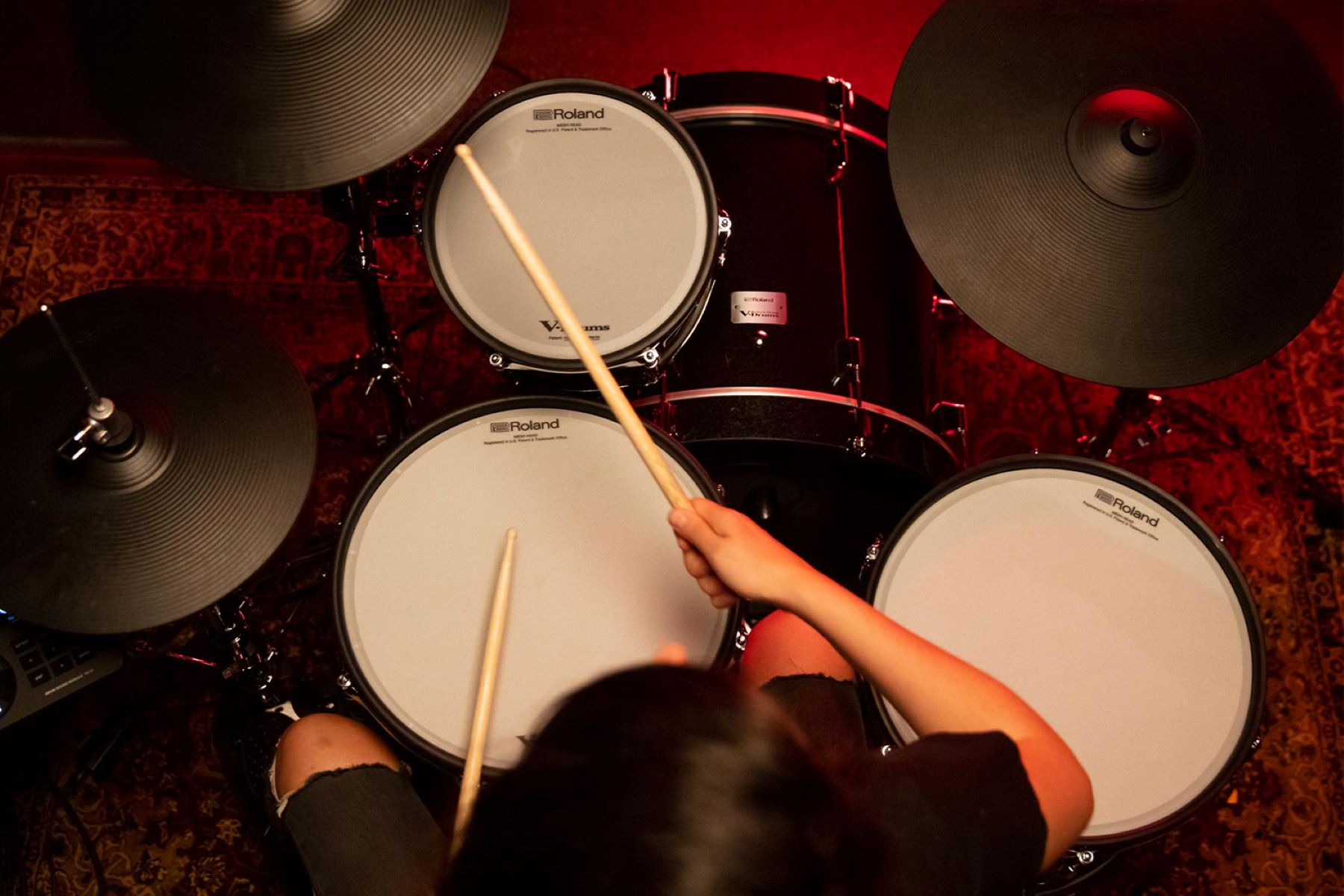Home>Instruments>Drums>How To Play Triplets On Drums
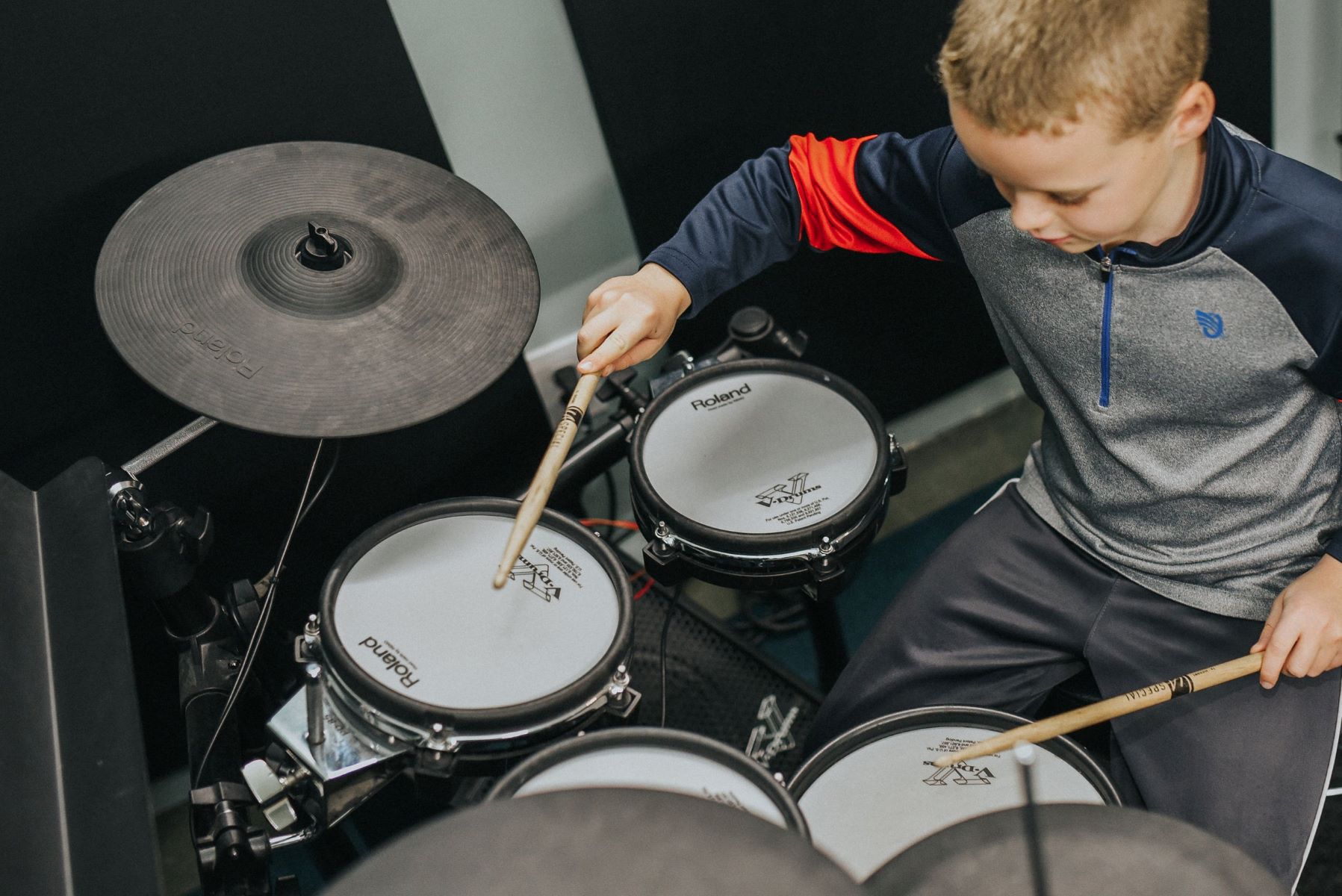

Drums
How To Play Triplets On Drums
Published: February 8, 2024
Learn how to play triplets on drums with our step-by-step guide. Master the technique and improve your drumming skills today!
(Many of the links in this article redirect to a specific reviewed product. Your purchase of these products through affiliate links helps to generate commission for AudioLover.com, at no extra cost. Learn more)
Table of Contents
Introduction
Playing the drums is a rhythmic and dynamic art form that allows musicians to express themselves in a unique and powerful way. One of the fundamental elements of drumming is the use of triplets, which add complexity and flair to a drummer's repertoire. In this article, we will explore the intricacies of playing triplets on the drums, from understanding the concept to mastering advanced techniques.
Whether you're a beginner looking to expand your drumming skills or an experienced drummer aiming to refine your triplet-playing abilities, this guide will provide valuable insights and exercises to help you along your musical journey.
Triplets are a rhythmic pattern that divides beats into three equal parts, creating a distinctive and lively feel in music. Mastering triplets on the drums opens up a world of possibilities, allowing drummers to add depth and excitement to their playing across various genres, from rock and jazz to funk and beyond.
In the following sections, we will delve into the nuances of triplets, starting with a fundamental understanding of this rhythmic pattern. We will then progress to basic exercises for practicing triplets, explore advanced techniques to elevate your playing, and discuss how triplets can be applied to different musical styles.
By the end of this article, you will have a comprehensive understanding of triplets on the drums and the tools to incorporate them into your playing with creativity and precision. So, grab your drumsticks, find a comfortable practice space, and let's embark on a rhythmic adventure into the world of triplets on the drums.
Understanding Triplets
Before delving into the technical aspects of playing triplets on the drums, it’s essential to grasp the fundamental concept of triplets and their role in music. In simple terms, a triplet is a rhythmic division of a beat into three equal parts. This division creates a sense of fluidity and movement, adding a dynamic layer to musical compositions.
When counting triplets, drummers often use the syllables “tri-pl-et” to align the three notes within a single beat. This rhythmic pattern can be applied to various time signatures, such as 4/4, 6/8, and beyond, making it a versatile tool for drummers across different genres.
Triplets can be notated in sheet music using a specific symbol: a small “3” placed above or below the notes to indicate that they should be played as triplets. This notation serves as a visual cue for drummers to recognize when to execute the triplet pattern within a musical piece.
Understanding the role of triplets in music goes beyond technical proficiency; it involves internalizing the feel and groove that triplets contribute to a song. When played with finesse, triplets can inject energy and excitement into drumming performances, driving the rhythmic pulse of a composition.
As you familiarize yourself with triplets, pay attention to how they interact with other instruments in an ensemble. Triplets often create syncopated rhythms that complement the melodies and harmonies produced by other musicians, adding depth and complexity to the overall musical arrangement.
Whether you’re playing a driving rock beat, a jazz improvisation, or a funk groove, understanding the rhythmic intricacies of triplets will enhance your musical expression and elevate your drumming prowess. With this foundational knowledge in place, let’s move on to practical exercises that will help you internalize and master the art of playing triplets on the drums.
Basic Triplets Exercise
Now that we’ve established an understanding of triplets, it’s time to put that knowledge into action with basic exercises designed to hone your triplet-playing skills on the drums. These exercises will focus on building coordination, control, and timing, essential elements for executing triplets with precision and fluidity.
1. Single-Stroke Roll Triplets: Begin by practicing triplets using a simple single-stroke roll pattern. Alternate sticking (right, left, right, left) while counting “tri-pl-et” to ensure that each stroke aligns with the triplet subdivision. Start at a comfortable tempo and gradually increase the speed as you gain proficiency.
2. Double-Stroke Roll Triplets: Expand your triplet vocabulary by incorporating double-stroke rolls into the mix. This exercise involves playing two strokes with each hand within the triplet subdivision, leading to a fluid and continuous motion. Focus on maintaining evenness and clarity in each stroke as you navigate the double-stroke roll triplets.
3. Triplet Groove Development: Apply triplets to basic drum grooves, such as rock or funk patterns, to integrate them into musical contexts. Experiment with incorporating triplets into the hi-hat, snare, and bass drum coordination, creating rhythmic variations that infuse your grooves with an infectious feel.
4. Metronome Practice: Utilize a metronome to develop your sense of timing and precision when playing triplets. Set the metronome to a comfortable tempo and practice executing triplets in sync with the clicks. Gradually increase the tempo to challenge yourself and improve your rhythmic accuracy.
5. Dynamic Control: Explore the dynamic range of triplets by practicing crescendos and decrescendos within the triplet subdivision. Start softly and gradually increase the volume (crescendo) before tapering off (decrescendo), allowing you to develop nuanced control over the intensity of your triplet patterns.
Engaging in these basic triplet exercises will lay a solid foundation for your triplet-playing journey, fostering dexterity, rhythmic acuity, and musicality. As you dedicate time to these exercises, focus on maintaining a relaxed grip, fluid motion, and consistent timing to maximize the effectiveness of your practice sessions.
With these fundamental exercises under your belt, you’ll be well-equipped to progress to more advanced triplet techniques and explore the diverse applications of triplets across different musical styles.
Advanced Triplets Techniques
As you continue to refine your drumming skills, delving into advanced triplet techniques will elevate your playing to new heights, allowing for greater expressiveness, creativity, and rhythmic complexity. These techniques build upon the foundational understanding of triplets and offer avenues for exploration and innovation in your drumming repertoire.
1. Swung Triplets: Introduce a subtle swing feel to your triplets by slightly delaying the second note within the triplet subdivision. This technique infuses the triplets with a loping, laid-back groove, commonly heard in jazz and blues music. Experiment with different degrees of swing to find the right balance that enhances the musical feel without compromising precision.
2. Incorporating Rudiments: Integrate drum rudiments, such as paradiddles, flam taps, and drags, into your triplet patterns to add complexity and texture. By applying rudiments within the triplet framework, you can create intricate and dynamic rhythmic phrases that showcase your technical prowess and musical creativity.
3. Ghost Notes and Accents: Explore the use of ghost notes (subtle, quiet strokes) and accents within triplet patterns to introduce dynamic contrast and depth. Incorporating ghost notes between accented triplets can create a nuanced and compelling rhythmic texture, enriching your drumming vocabulary.
4. Polyrhythmic Triplets: Challenge yourself with polyrhythmic exercises that involve layering different rhythmic patterns over the triplet subdivision. For example, superimposing a four-note grouping over triplets can yield complex and mesmerizing rhythmic interactions, expanding your rhythmic dexterity and mental agility.
5. Metric Modulation: Experiment with metric modulation, a technique that involves seamlessly transitioning from one rhythmic subdivision to another within a musical piece. By incorporating metric modulation with triplets, you can introduce captivating rhythmic shifts that add intrigue and sophistication to your drumming performances.
6. Linear Triplet Patterns: Develop linear drumming patterns using triplets, where no two limbs strike simultaneously. This approach fosters independence and coordination among your limbs, leading to intricate and engaging rhythmic motifs that showcase your technical proficiency and musical ingenuity.
By immersing yourself in these advanced triplet techniques, you’ll expand your rhythmic vocabulary, refine your sense of musical phrasing, and unlock new avenues for creative expression on the drums. Embrace the challenges and rewards that come with mastering these techniques, and allow them to infuse your drumming with depth, dynamism, and artistry.
Applying Triplets to Different Styles
Triplets serve as a versatile rhythmic tool that transcends musical genres, offering drummers the opportunity to infuse various styles of music with dynamic and engaging rhythmic patterns. Whether you’re exploring rock, jazz, funk, or other genres, incorporating triplets into your drumming arsenal can enhance the rhythmic character of each style and contribute to the overall musical expression.
1. Rock and Pop: In rock and pop music, triplets are frequently employed to inject energy and drive into drum grooves. Drummers often utilize triplets on the bass drum and snare to create powerful and propulsive rhythms that underpin the intensity of rock anthems and infectious pop tunes. Additionally, triplet fills and embellishments add flair and excitement to drum fills, elevating the dynamics of the music.
2. Jazz: Jazz drumming showcases the expressive potential of triplets, with drummers incorporating intricate triplet patterns into their improvisations and rhythmic accompaniments. From the syncopated ride cymbal patterns to the fluid brushwork on the snare, triplets play a pivotal role in shaping the swinging and sophisticated feel of jazz music, contributing to its rich and nuanced rhythmic tapestry.
3. Funk and R&B: The syncopated and infectious grooves of funk and R&B music are often characterized by the use of triplets to create a sense of groove and funkiness. Drummers adeptly employ triplets on the hi-hat, snare, and bass drum to craft tight, pocket-oriented rhythms that propel the music forward while infusing it with a danceable and irresistibly funky feel.
4. Latin and Afro-Cuban: In Latin and Afro-Cuban music, triplets feature prominently in the rhythmic patterns of genres such as salsa, mambo, and rumba. The incorporation of triplet-based clave patterns, cascara rhythms, and intricate hand-percussion techniques underscores the vibrant and polyrhythmic nature of these musical styles, showcasing the rhythmic diversity and vitality of triplets in a multicultural context.
5. Metal and Progressive Rock: In the realm of metal and progressive rock, drummers harness the power of triplets to create thunderous and intricate rhythmic passages. From blistering double bass drum patterns to complex triplet fills and polyrhythmic orchestrations, triplets are wielded to convey intensity, precision, and virtuosity, amplifying the dynamic range and technical prowess of the drumming in these genres.
By understanding the role of triplets in different musical styles, drummers can adapt their playing to suit the unique rhythmic demands of each genre, showcasing versatility and musical sensitivity. Whether driving the pulse of a rock anthem, swinging with finesse in a jazz ensemble, or laying down a funky groove, the adept use of triplets enhances the rhythmic character and impact of drumming across diverse musical landscapes.
Conclusion
Embarking on a rhythmic exploration of triplets on the drums has unveiled the boundless potential and expressive power of this versatile rhythmic pattern. From foundational understanding to advanced techniques and diverse stylistic applications, the journey into the world of triplets has enriched your drumming vocabulary and expanded your rhythmic horizons.
Mastering triplets on the drums involves more than technical proficiency; it entails internalizing the feel, groove, and musical context in which triplets thrive. By engaging in basic exercises, honing advanced techniques, and applying triplets across different styles, you have cultivated a deep understanding of how triplets contribute to the rhythmic tapestry of music.
As you continue to integrate triplets into your playing, remember that rhythmic precision, musicality, and creativity are essential facets of compelling drumming. Embrace the nuances of triplets, experiment with rhythmic variations, and allow your rhythmic expressions to resonate with authenticity and artistry.
Whether you’re driving a rock groove, swinging in a jazz ensemble, laying down a funky beat, or exploring diverse musical genres, the rhythmic prowess and versatility of triplets will enrich your drumming performances and elevate the musical experiences you create.
So, as you pick up your drumsticks and embark on your rhythmic endeavors, let the infectious pulse of triplets propel your playing to new heights, infusing your musical expressions with vitality, groove, and rhythmic allure. With each triplet pattern, fill, and groove, you have the opportunity to shape the rhythmic landscape and leave an indelible mark on the music you create. Embrace the rhythmic journey, and let the triplets carry your drumming to exhilarating rhythmic destinations.


